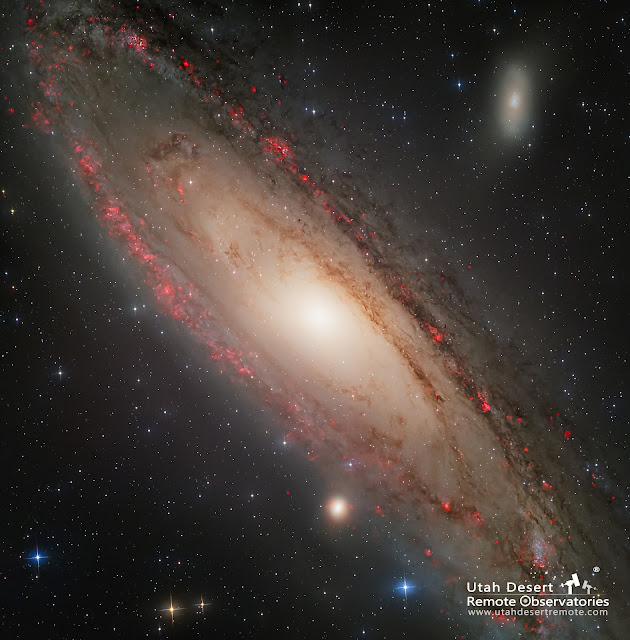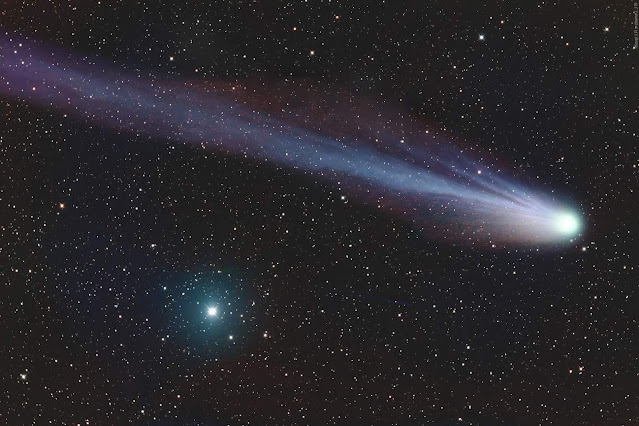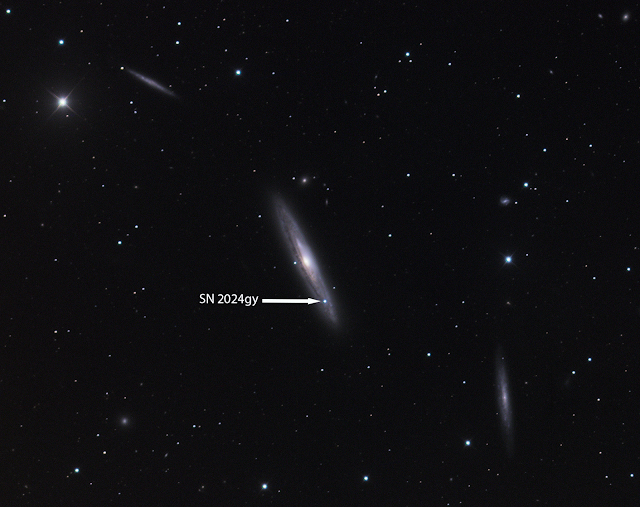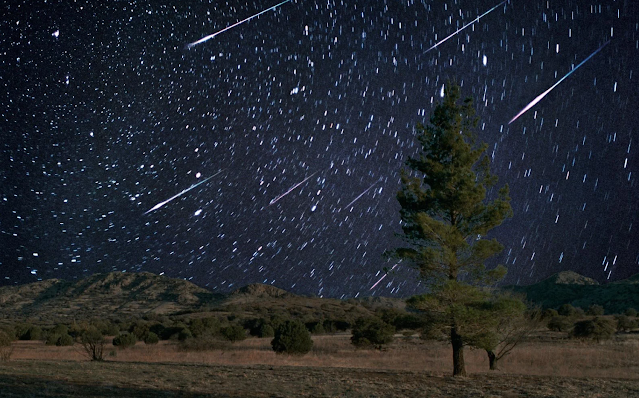Why The Andromeda Galaxy is Photographed So Much
 |
| Messier 31 - The Andromeda Galaxy imaged by Craig Stocks at the Utah Desert Remote Observatories using a 16" f/3.75 Dream Aerospace Systems astrograph. LRGBHa 2 hours and 15 Minutes. |
Messier 31, also known as the Andromeda Galaxy, is one of the most popular deep-sky objects to photograph for several compelling reasons. Firstly, its sheer size and proximity to Earth make it a striking subject. M31 is the closest spiral galaxy to our Milky Way, residing a mere 2.537 million light-years away. Its immense size, approximately 220,000 light-years in diameter, means it covers a significant portion of the night sky. This makes it an ideal target for astrophotographers, allowing them to capture intricate details of its spiral arms, dust lanes, and stellar populations.
Another reason for M31's popularity is its relative brightness. With an apparent magnitude of about 3.4, it's visible to the naked eye under dark skies, making it easily accessible for both amateur and professional astrophotographers. This brightness ensures that photographers can capture it with relatively short exposure times, reducing the challenges posed by long-duration imaging. Moreover, M31's extended halo and companion galaxies, such as M32 and M110, add to the visual interest of the image, offering numerous compositional possibilities.
Lastly, Messier 31 is captivating for its potential for creative photography. The galaxy's interaction with other celestial objects, such as nearby stars, foreground objects, and even meteor streaks, can create stunning compositions that not only showcase the beauty of M31 but also tell a unique story about its place in the cosmos. As a result, photographers can capture not only the galaxy's intricate structure but also create visually striking and evocative images that resonate with viewers and fellow astrophotographers, making M31 a favorite target for those seeking to explore the depths of our universe through the lens of their cameras.









Comments
Post a Comment